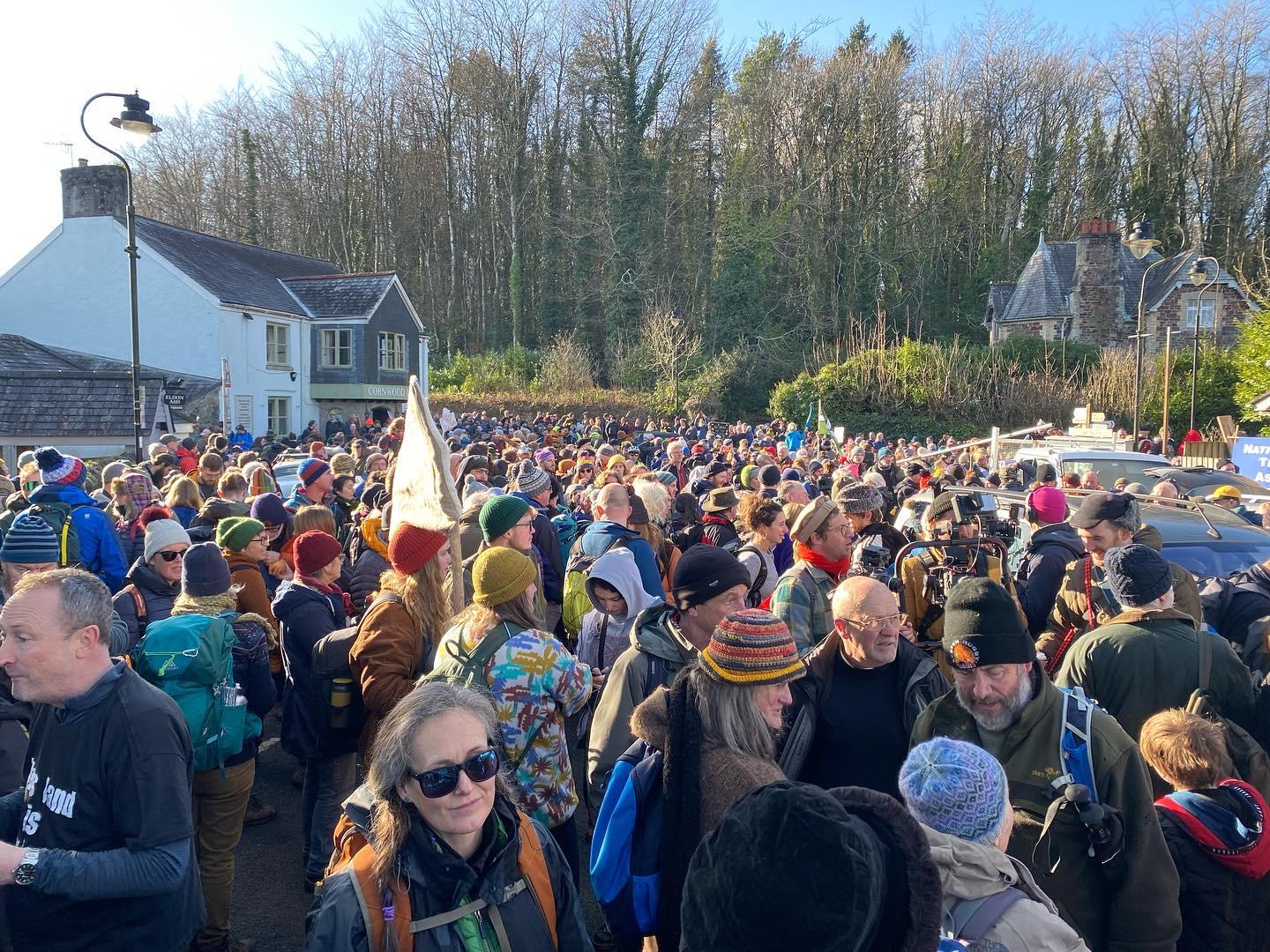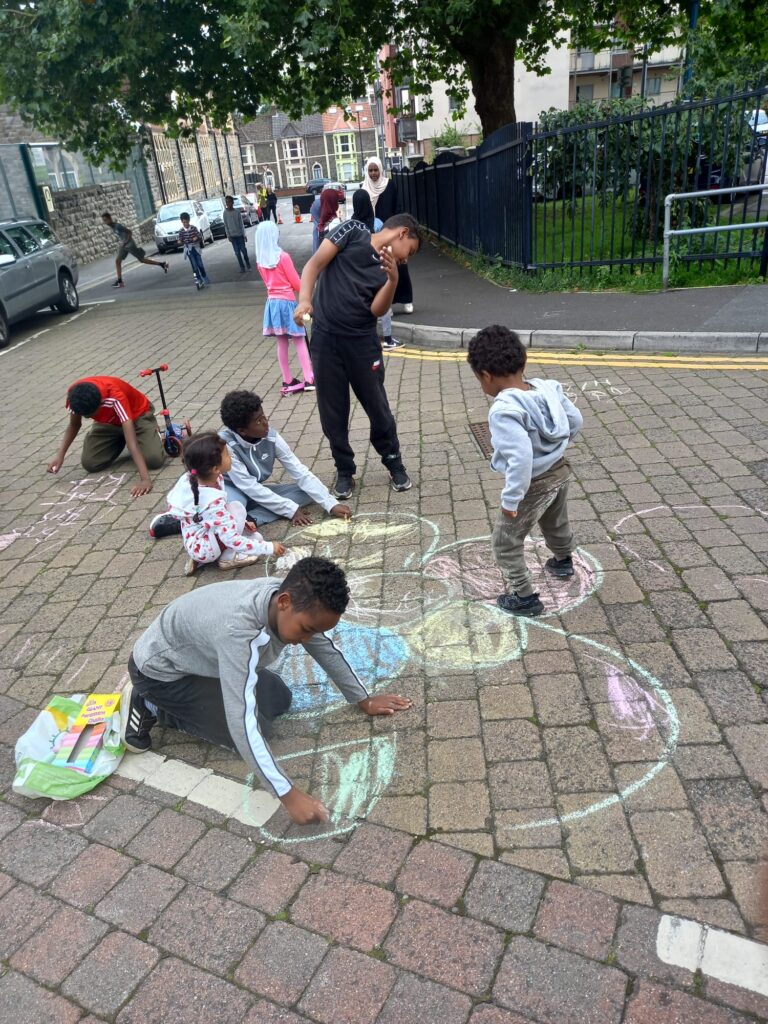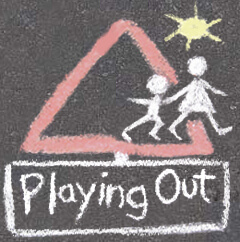Last week, 3,000 people gathered on Dartmoor to march in protest at the public’s “right to roam” in England being even further diminished. The Right to Roam campaign brings attention to the importance of access to nature and outdoor space for all – and to the current inequality of this access – and we thoroughly support this.
Right to Roam Near Home
Alice Ferguson posted this in Activism, Children's play, health and wellbeing, Street Space on 31/01/2023
Share

When common land is (physically or legally) fenced-off, children are of course impacted, along with everyone else. In fact, children probably have the greatest need to get out into nature for their health, wellbeing and education – and to experience the sense of freedom and connection that can bring.
The current battle for Dartmoor is focussed on an immediate and tangible threat – one landowner acting to remove public right to ‘wild camp’ on his land. This has been a catalyst for action, energising people enough to get on a train and march for all of our rights.
However, alongside this, there has been another largely unnoticed and unprotested right to roam issue that we want to shout about. Over decades, children have been excluded from outdoor, common space in another, more gradual and perhaps less intentional way.
 Commenting during the pandemic, independent scholar, writer and consultant on childhood Tim Gill said that “children have been subjected to a kind of creeping lockdown for decades”. Increased traffic dominance, ‘no ball games’ culture, privatisation of public space and many other factors have contributed to children no longer feeling safe or welcome in the space that belonged to their predecessors: their own street, estate and neighbourhood; little bits of local greenspace.
Commenting during the pandemic, independent scholar, writer and consultant on childhood Tim Gill said that “children have been subjected to a kind of creeping lockdown for decades”. Increased traffic dominance, ‘no ball games’ culture, privatisation of public space and many other factors have contributed to children no longer feeling safe or welcome in the space that belonged to their predecessors: their own street, estate and neighbourhood; little bits of local greenspace.
For a great many children, getting out to the countryside is a rarity or an impossibility and it’s the space closest to home that is the most valuable. This is where they should be able to play out with friends every day, to get around independently and feel a sense of belonging in their ‘patch’.
 Children’s right to roam free – and play out near home – has almost been lost entirely over just a couple of generations. And it has impacted the poorest children in our society most of all.
Children’s right to roam free – and play out near home – has almost been lost entirely over just a couple of generations. And it has impacted the poorest children in our society most of all.
This is a matter of social justice – it is about all children being physically active, healthy and happy; learning and developing; getting to know their local surroundings and to understand the outside world; connecting with nature and feeling part of their community. So alongside fighting for more equitable public access to the great outdoors, we must also stand up for children’s right to use the space on their own doorsteps.
Read more on children’s right to play and how children are impacted by “no ball games” culture. To take action on your own street or estate, go here.
Right to Roam photo credit: Sonja Nisson













